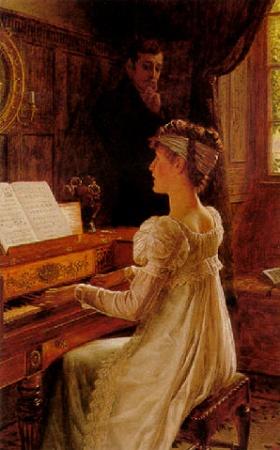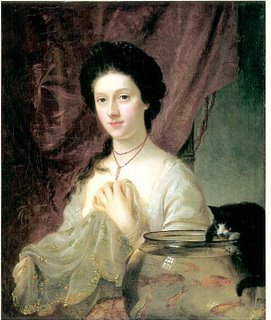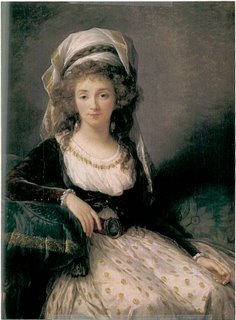First, a reminder to Lil. You have won a copy of The Redwyck Charm. Please send your snail mail address to elena @ elenagreene.com (no spaces). And now to my post….
I’ve been feeling down this winter, between life issues and several bouts of the flu. It’s been hard to get good blocks of writing time, which I need in order to be productive. (And yes, I’ve tried writing in small pockets of time. It always backfires on me because I get so frustrated having to stop just when the words begin to flow.)
Recently I decided to start playing piano again, because it’s something I can enjoy, even if it’s just ten or fifteen minutes. I’m not that good and never was, but since I’m playing just for myself, it doesn’t matter. What I really need is some sort of creative outlet to lift my mood on days when I can’t write.
Sometimes I envy the life of a lady of leisure, with time to perfect her music. Maybe it would be scary to be expected to perform, but on the other hand, it would be nice to have an appreciative listener. Maybe someone like Colonel Brandon listening to Marianne Dashwood or even Darcy listening to Elizabeth, who sounds like she was a dabbler just like me.
 Sometimes I live vicariously through my heroines. In one scene from The Incorrigible Lady Catherine, the hero catches her playing Beethoven (considered inappropriate for young ladies) when she thinks no one is around. While writing, I listened to a recording of the sonata she is playing. I could only play it in my dreams!
Sometimes I live vicariously through my heroines. In one scene from The Incorrigible Lady Catherine, the hero catches her playing Beethoven (considered inappropriate for young ladies) when she thinks no one is around. While writing, I listened to a recording of the sonata she is playing. I could only play it in my dreams!
There was a pause. He took a few steps toward the drawing room, but stopped as he heard Miss Arndale begin to play again. This time it was a darker music, rippling and cascading, the end of each phrase accented with forceful staccato notes. Full of passion. He’d never heard anything like it before.
He peered through the threshold of the drawing room as she began another movement, slow and reflective, with an understated pathos. She looked so very lovely, her eyes half-closed, her slim body swaying ever so subtly in time with the music. He didn’t dare interrupt. He didn’t even want to breathe as he watched her silently from the shadows beyond the doorway.
The slow melody ended, and she launched into an exuberantly lively tune which sounded like the finale. Philip listened in wonder as she transitioned from a bold, intricate passage to a contrasting theme as tender as a love song. He saw the flush of concentration on her face as she returned to the earlier bold theme, her look of exultation as she drove out the final notes, rising, mounting to a glorious final chord.
A critique partner said she was expecting Catherine to smoke a cigarette at this point, which I took as a compliment.
Do any of you enjoy making music, amateur or otherwise? Do you enjoy musical heroes or heroines?
Elena
P.S. The painting is by Edmund Blair Leighton.





